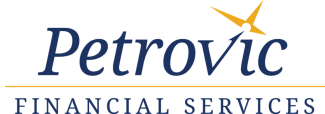What are all the costs of investing?
We believe you should know all the costs of investing, and include reports in your review meeting to cover those listed below.
There are indirect costs of investing. Both mutual funds and ETFs have internal expenses. We always try to use institutional share classes when available, to obtain lower operating expenses than you would get on your own. Lower cost institutional classes can provide you with a higher rate of return.
Our fee is a direct cost of investing. In addition, in your accounts at Raymond James, you pay a transaction fee to Raymond James when we buy or sell a mutual fund, ETF, or stock. Our institutional rate is most often $0, and sometimes $10 or $20. This is substantially reduced from the retail rates most pay at other brokerage firms. However, we are not frequent traders since trading costs reduce our clients’ rate of return.
For clients who have non-Raymond James accounts that we manage, such as an annuity or 401k at work, you may pay additional indirect costs. In some cases, we will recommend transferring an annuity to a cheaper financial institution. We report on the expenses you are paying inside those accounts so you are at least aware of the price tag.
Finally, taxes you pay to the government are a cost of investing. In taxable accounts, we monitor your tax position throughout the year and share that information with you since we are sometimes able to use tax strategies to minimize taxes. You will pay more taxes if you buy and sell frequently. (Some advisors have an incentive to do that if they are commission-based.)

